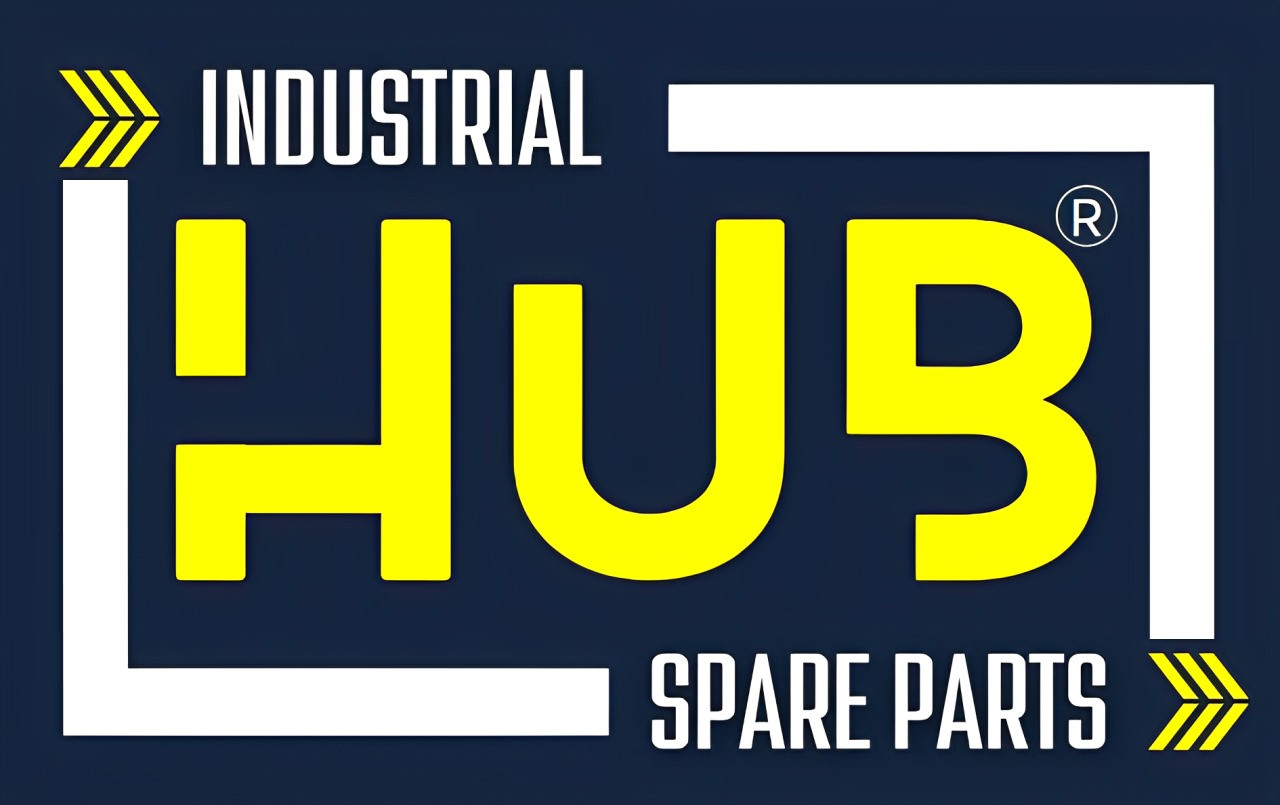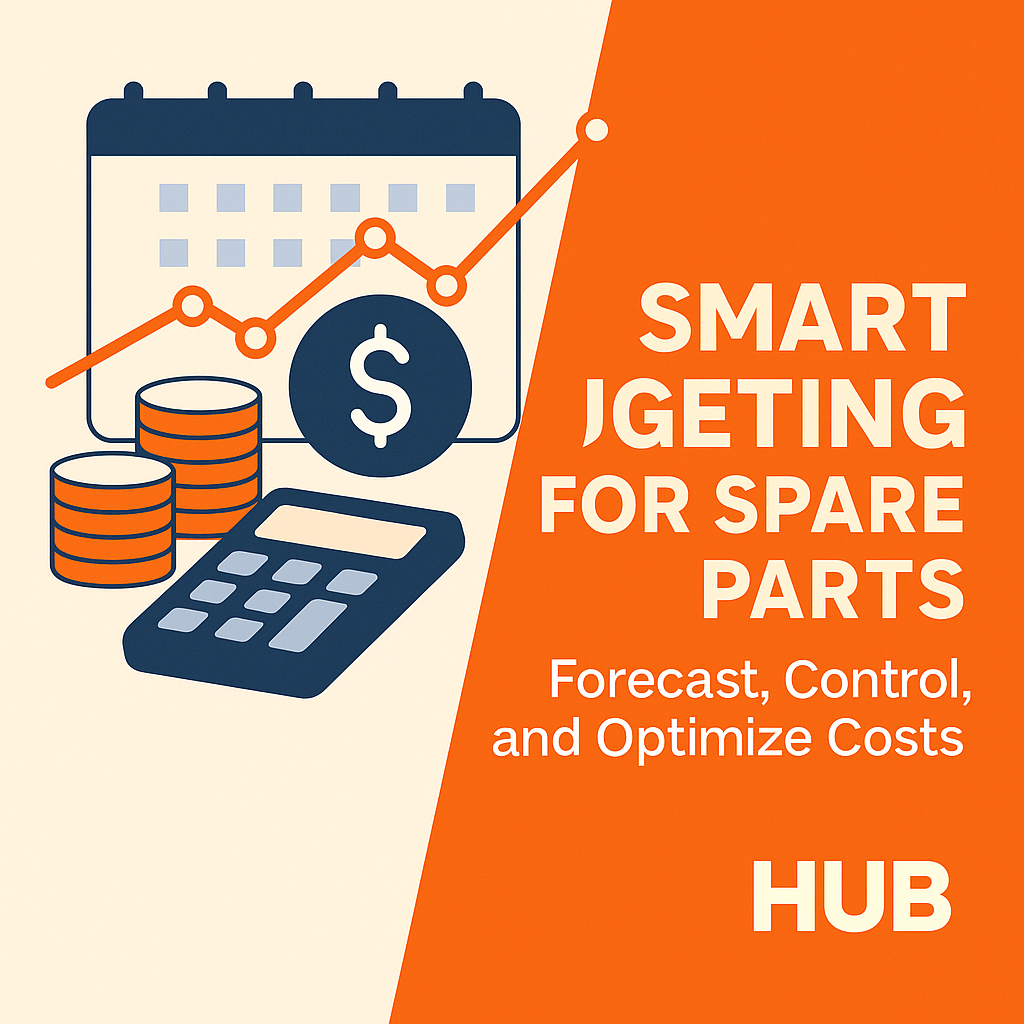No Item in Cart
Smart Budgeting for Spare Parts: Forecast, Control, and Optimize Costs
Introduction
Spare parts aren’t just a line item — they’re a silent cost driver that can make or break a factory’s bottom line. Poor budgeting leads to excess stock, emergency purchases, or unplanned downtime. That’s why smart budgeting isn’t just about cost-cutting — it’s about forecasting needs, controlling spending, and optimizing investments over time.
This post shares actionable tips for building a smart spare parts budget — and shows how HUB’s analytics engine aligns it with asset lifecycle and consumption trends.
🔮 1. Forecast Spare Parts Demand Based on Asset Lifecycle
- Start with your equipment, not your stockroom.
- Map the lifecycle stage of key machines
- Identify typical failure patterns and expected wear items
- Forecast spares based on MTBF (mean time between failures)
With HUB:
- The platform analyzes asset data and previous failure rates to help predict future spare part demand by machine or department.
📦 2. Use Historical Consumption to Set Realistic Budgets
- Budgeting without data = guessing.
- Look at historical consumption per spare part
- Filter by department, machine, or maintenance type
- Spot seasonal patterns or recurring overuse
With HUB:
- You can visualize past procurement and usage, helping set realistic forecasted quantities and costs — all exportable for budget planning.
🧾 3. Track Actual vs. Planned Spend in Real Time
- Budgeting only works when monitored.
- Compare monthly/yearly planned spend with actual
- Highlight overages, emergency purchases, or underutilized allocations
With HUB:
- Dynamic dashboards show planned vs. actual spare parts spend in real-time — with alerts for over-budget categories.
⚠️ 4. Control Costs with Vendor Comparison and Procurement Rules
- Uncontrolled vendor selection leads to cost variance.
- Centralize supplier selection to avoid price inconsistencies
- Set rules (e.g. approve vendors under a certain threshold)
- Use contracts and framework agreements
With HUB:
- Compare vendors side-by-side, enforce budget-locked workflows, and maintain contract-based pricing across sites.
📉 5. Reduce Emergency Spend with Scheduled Procurement
- Emergency purchases cost more in price and downtime.
- Plan recurring part needs into the budget
- Set reorder points and delivery timelines
- Align spare part replenishment with planned shutdowns
With HUB:
- Smart scheduling and predictive reordering tools keep critical parts ready, reducing unplanned costs and rush charges.
✅ Conclusion
- Smart spare parts budgeting isn’t about cutting corners — it’s about planning smarter. With HUB, you can align your spare parts budget with real operational needs, data, and performance goals — ensuring cost control without compromising uptime.
🔗 Start Budgeting Smarter with HUB: www.HUBspareparts.com
🔗 Request a Forecasting Demo Today: WhatsApp chat














